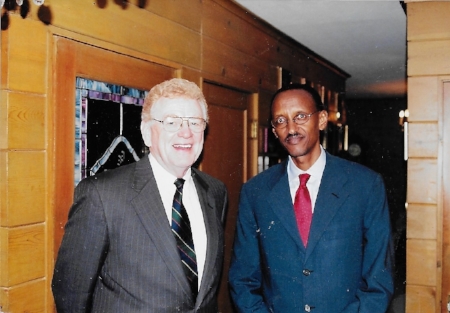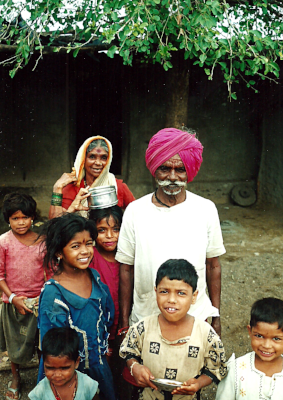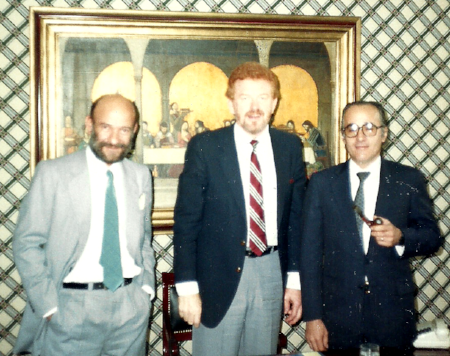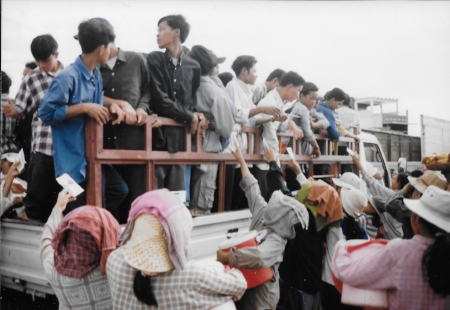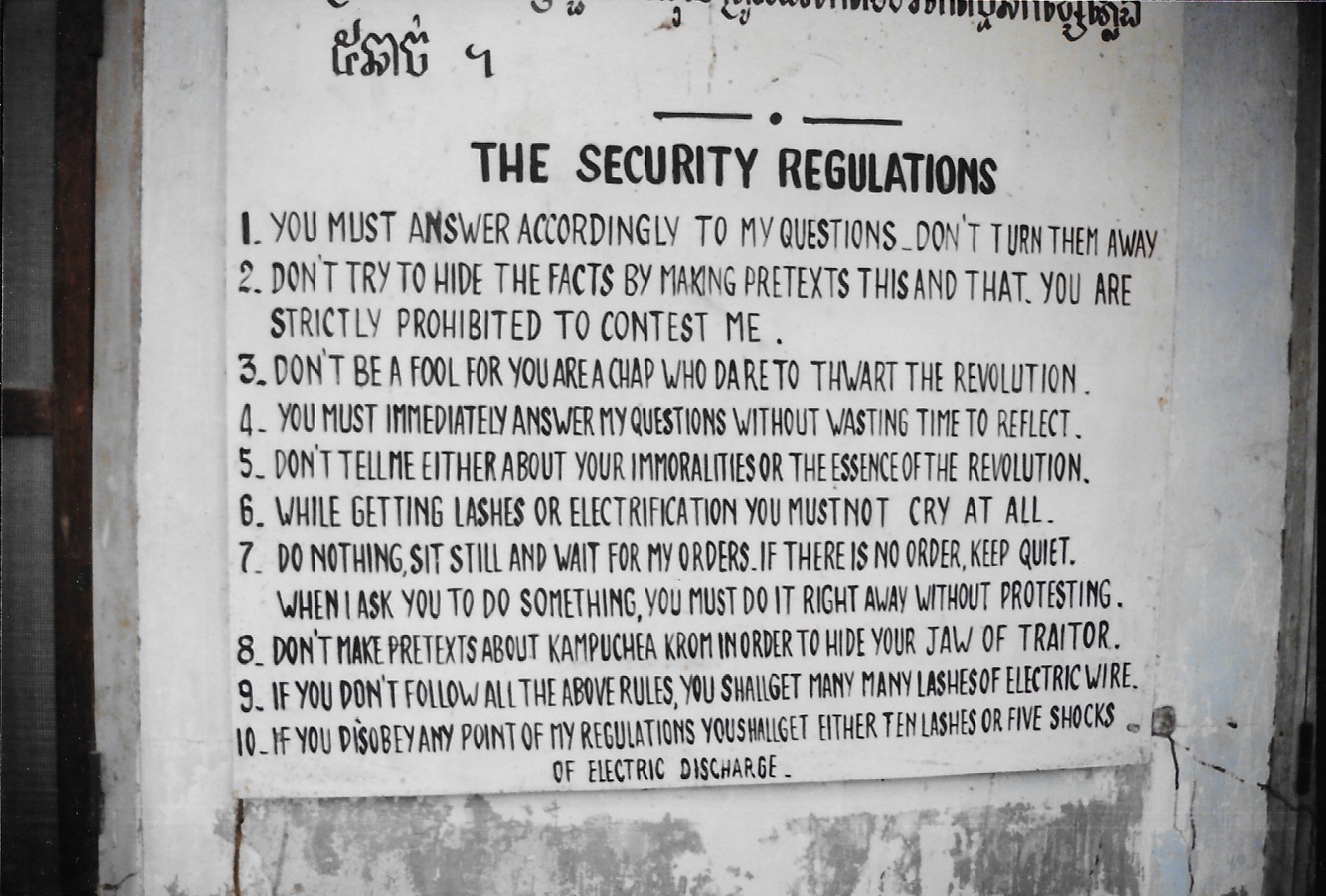June 13, 2004: Destination: Mumbai (Bombay), India: Just one day after our return from Idaho, Project C.U.R.E. hosted a grand golf tournament at the prestigious Sanctuary Golf Course, a private and very exclusive venue. We had been allowed to hold the tournament as a fundraiser for Project C.U.R.E.’s worldwide efforts. Doug and his staff planned the event so well, and it ended up a smashing success with many important supporters of Project C.U.R.E. in attendance.
Every year it had become more and more necessary for us to push, push, push to raise more and more money. In our endeavor to give away the medical goods and equipment, the simple mathematics proved that as our freely donated materials flowed out of our six warehouses around the USA, our costs for doing business increased by a similar or higher percentage.
Project C.U.R.E. had given away over $30 million US worth of wholesale medical goods in just the past year … that’s $30,000,000.00! That was a far cry from the first load that Anna Marie and I donated to Brazil in 1987.
Now then, if we weren’t selling any of the goods but rather giving it all away to the desperately needy people around the world, where in heaven’s name were we getting the money to stay in business? Great question!
We were running the most efficient humanitarian organization in the world, and had simultaneously become the world’s largest supplier of donated medical goods. All this we had accomplished in less than 18 years of pressurized existence. Indeed, we were the epitome of frugality. Our audited financial statements proved that we were running a multimillion-dollar business on less than 2% overhead. That’s unheard of in a world where charity organizations are smiled upon if they can keep their overhead down to 60% or 70% of their revenues.
Project C.U.R.E. had become a living example of a financial miracle of God being lived out in the 21st century world.
But, in reality, it was taking more and more cash to run our organization. Each time we opened up in a new collection or distribution city in the US, we had to have trucks, gasoline, buildings, insurance, as well as funds for paying for utilities, health and protection insurance for our workers, brochures and other materials, and travel and … and … and.
We had worked very hard to procure overstock medical goods from manufacturers, wholesalers, and end users such as hospitals, independent doctors, and out-patient clinics. But those gifts in kind did not cover our overhead expenses. And we were just starting toward our goal of having Project C.U.R.E. centers in 25 major US cities.
Just to cover our current overhead expenses we had to raise $2 million US. This was just to stay alive. Even being the most frugal charity in existence, that was still our need for cash in one year.
On the surface that was impossible! How could that happen? Hardly anyone could believe that we were still in existence after nearly 18 years.
But God had performed miracle after miracle and had sent the right people to us at the right time to not only help us with the cash infusions, but also with expert advice and insights on how we could run our organization better.
The grand golf tournament had been one of the simple ways to make it fun and easy for our donors to get together and be reminded of how they could get involved and partner with Project C.U.R.E. to keep us going.
Another phenomenon that was taking place was that the more friends we were making within the US and also around the world, the more those friends wanted to come to Colorado and spend time with us. Our home had become a grand central station of international dignitaries from the top leaders of North Korea to heads of state throughout Africa, Eastern Europe, Asia, and South America.
Anna Marie and I had just hosted two of our Project C.U.R.E. NGO board members from our organization in Accra, Ghana, in West Africa. They had spent the best part of a week with us between two of my international trips.
Less than four weeks earlier we had hosted the president of Rwanda in our home, along with an entourage of over 60 staff and cabinet members, for dinner. Anna Marie had done all the cooking and had done a marvelous job as hostess. Then another delegation from Nigeria had come, including the governor of Imo State.
In May, one of our major recipient partners from Port Harcourt, Nigeria, had called me to see if they could visit the second week in June. I had to tell him that the Friday following the fundraiser golf tournament, on a Thursday, was completely booked with our own all-day board meeting at Project C.U.R.E. headquarters. But, if he would schedule to come to Denver on Saturday, June 12, I would pick him, his wife, and grown daughter up at the airport. We would spend the day together, and they could stay the night with us. But on Sunday morning I would be getting up at 3:30 a.m. to start my trip to India. It was agreed.
On Thursday, Dr. Ekwim from Port Harcourt left a very excited and happy message for me that all arrangements had been made. The three of them would be flying into Denver from London on Saturday, June 12. “Please pick us up at Denver International Airport at 10:45 p.m.”
My forehead was promptly flattened when I heard the message. My hand went to my forehead with a slap! Ten-forty-five P.M.! They won’t clear out of the airport until after midnight! I guess Saturday doesn’t mean Saturday during the daytime in Africa! But there was no time or place for contacting them. They were on their way.
Our Project C.U.R.E. executives from our operation in Phoenix, Arizona, had come to Denver for meetings during the week. Jason and Sheila Corley were doing a terrific job running the Project C.U.R.E. operation in Phoenix. Part of the reason they had come to Denver was to watch and learn how to run a charity golf tournament so they could duplicate the effort in Phoenix.
Since our friends from Port Harcourt would not arrive until midnight, we decided to invite Jason, Sheila, and their three kiddos up to our Evergreen home for a waffle and strawberry breakfast. We wanted to show them just how much we appreciated all their good efforts in Phoenix and encourage them in their teamwork.
At 10 p.m., Anna Marie and I headed for DIA. As expected, our guests did not collect their bags and clear the airport until after midnight. Then we still had an hour drive from DIA to our home in Evergreen.
When they arrived I asked if they had misunderstood that I would only be available on Saturday. He looked at me with a quizzical look and said, “But it is Saturday!” I just smiled and we got into our car.
By the time we got our guests settled into our lovely guest house it was 1:30 a.m. And I still needed to pack and get ready to leave at 4 a.m.
It was nice to see them and renew our friendship even if it was a quick visit for me. Anna Marie would spend Sunday entertaining them and showing them our offices, sorting centers, and warehouse. Then on Monday she would introduce them to the Project C.U.R.E. people at our headquarters facilities. I was gone!
Back at the airport (where I had been what just seemed as minutes before), I boarded United flight #857 from Denver to Los Angeles. I then shuttled to the Tom Bradley International Terminal and transferred to flight #775 on Thai Airlines to start my 18-hour flight travel to Osaka, Japan, then on to Bangkok, Thailand.
Monday, June 14
Sunday had disappeared, and Monday along with it. It was midnight on Monday when our Thai Airline #747 touched down in Bangkok. Fortunately, I had hotel reservations at a spot close to the Bangkok Airport. After a flight halfway around the world I was ready to lie down and rest a bit.
Tuesday, June 15
I wasn’t really pleased with having to fly Indian Airways flight #732 from Bangkok to Calcutta on Tuesday morning. But there were no flights going directly from Bangkok all the way across India to Bombay where I needed to ultimately go. Every time in the past, the Indian air service had managed to lose my luggage … every time! Somehow, when I made the intermediate stop in Calcutta and went through customs as the entry point in India, they couldn’t get the luggage back on the connecting flight. Of course, they couldn’t care less!
I recalled one time that it was actually necessary for me to fly all the way back from New Delhi to Bombay to collect my bags because the India folks simply refused to fly my bags on to New Delhi as they were required to do. Their curt reply to me had been, “Well, Mr. Jackson, it makes no difference to us. If you want your bags you will return and claim them. If you don’t we will, to be sure, dispose of them as if they contained a bomb within. It matters to us not a bit if you hold a piece of paper signed by one of our offices that we should send your bags on to you. We know that we did not get your bags on to your connecting flight, but we also know that if you value your bags at all you will return to Bombay and retrieve them!”
I valued them and I returned all the way to Bombay and collected them.
In Bangkok, the Amari Hotel wanted to charge me $15 US to eat breakfast. My Scottish/Irish frugality revolted and I headed to the airport where I ate for $2.50. I was scheduled on Indian Airlines flight #732 from Bangkok to Calcutta (Kolkata), where I had a brief layover before hopping on Indian Airlines on to Bombay (Mumbai).
It was well after 9 p.m. when we arrived at Bombay airport. But, Dr. Arun Noah was right there to pick me up and we hustled to the Avion Hotel close by to stay for the night.
Dr. Noah had traveled all the way by car and airplane from Washim, India, to pick me up. I told him how very much I appreciated his being there because “the most vulnerable segments of my trips occur at airports when no one shows up to fetch me.” I opted to skip dinner since it was so late, and instead try to catch some sleep.
Next Week: Bombay, to Arangabad. to Washim


